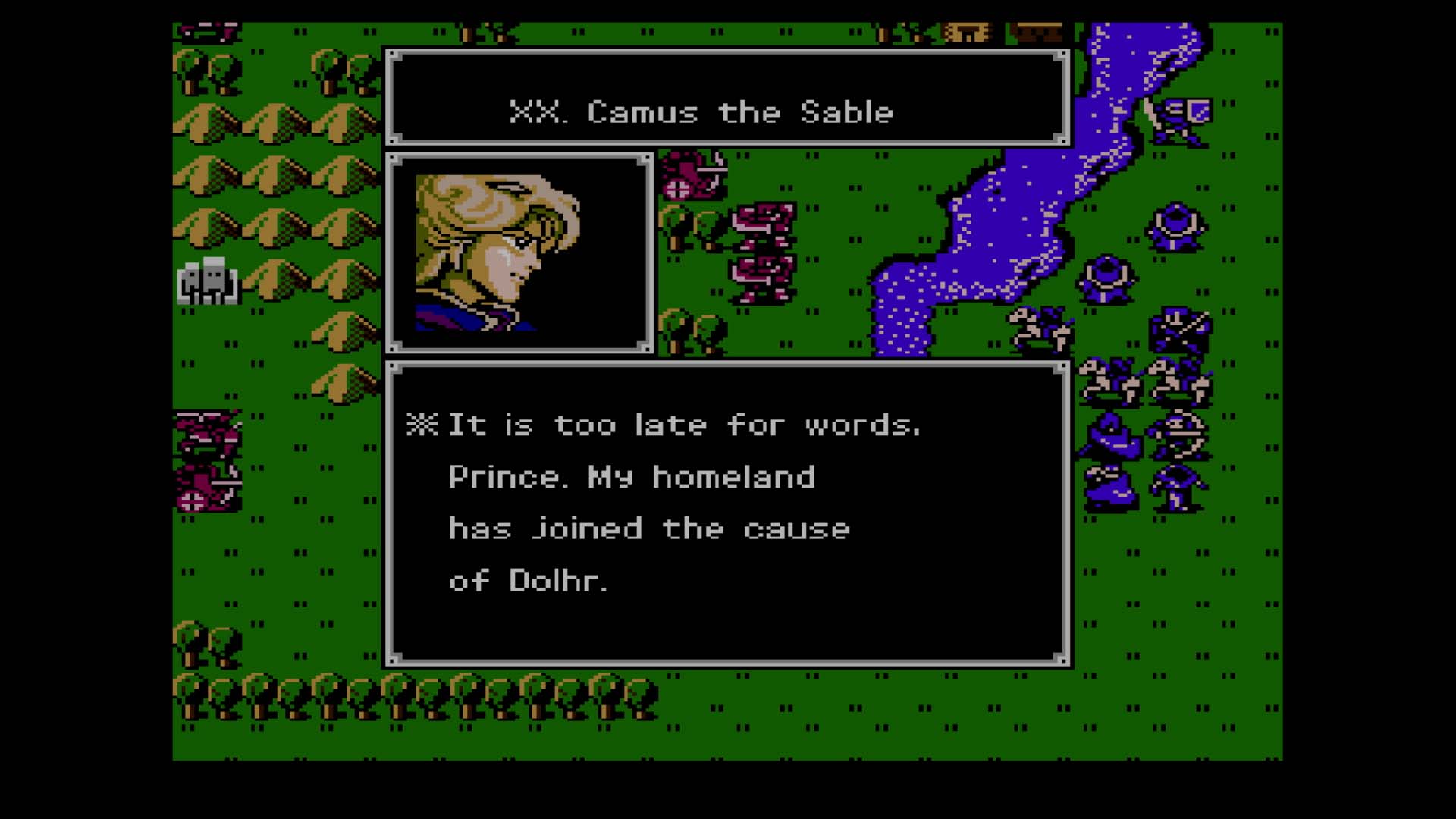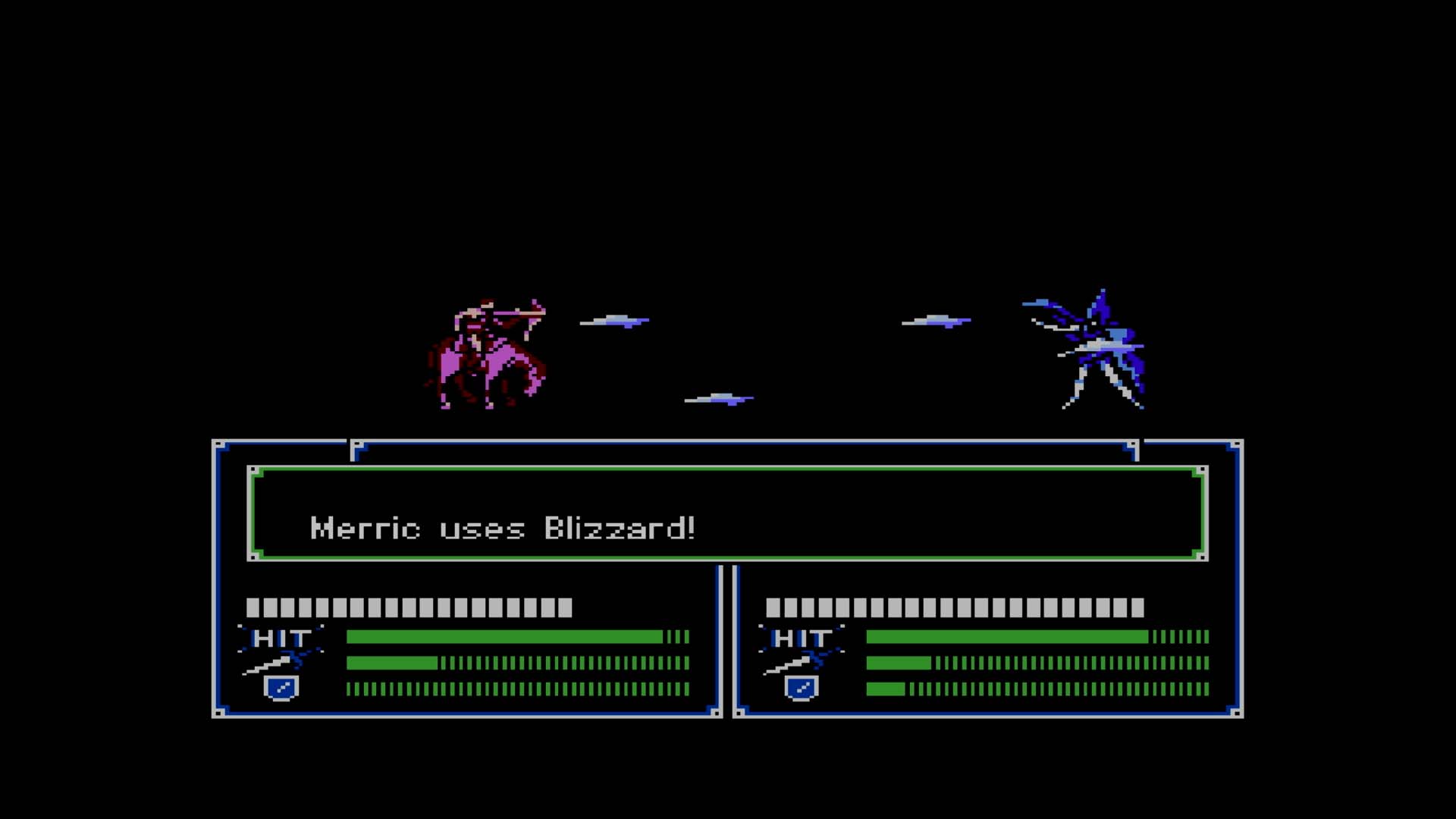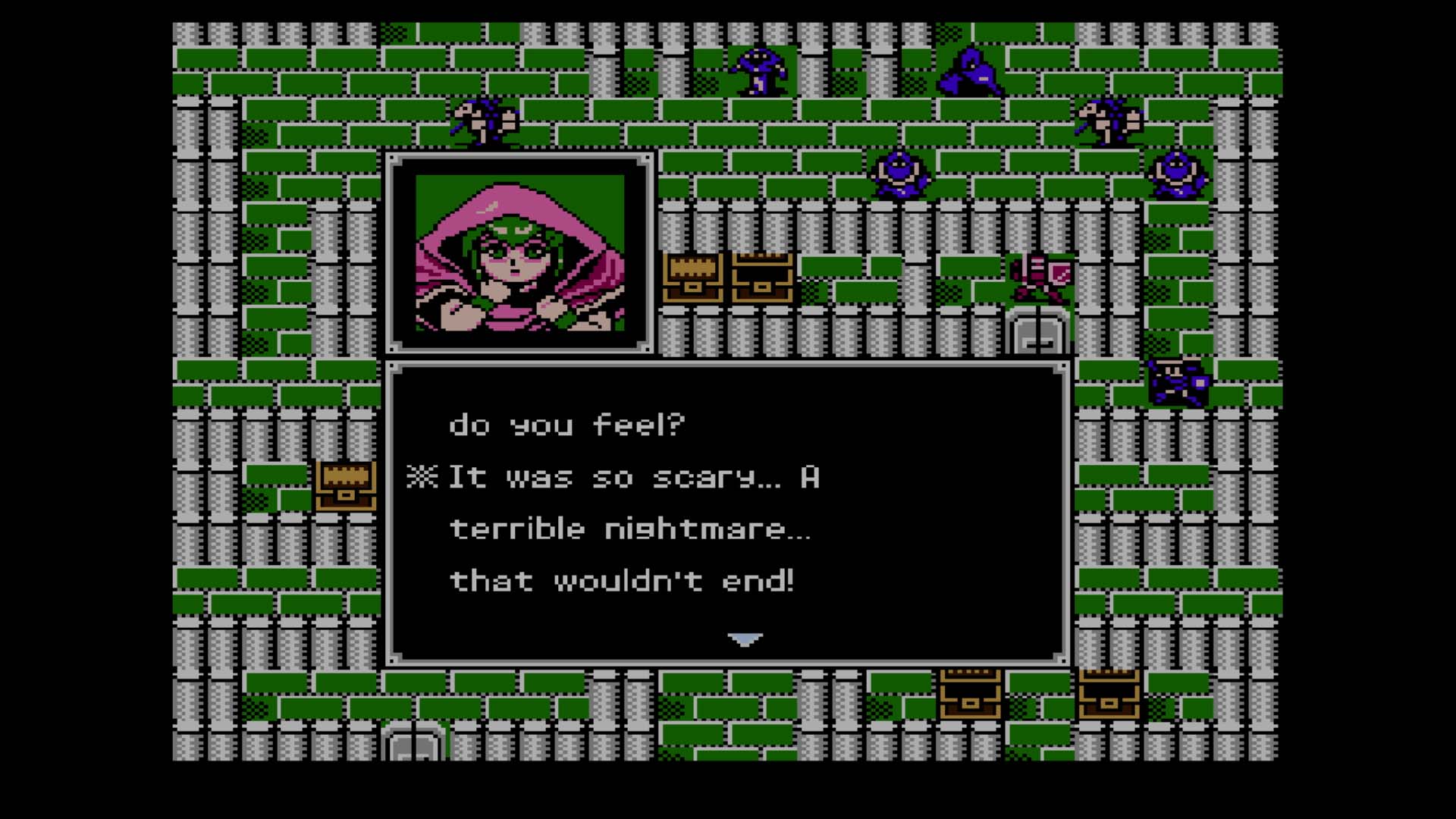Though it’s become one of Nintendo’s top franchises in recent years, you might be unaware that Fire Emblem is celebrating a big anniversary this year, much like a certain plumber. Or that the first game was released way back in 1990, since, until 2003, the whole Fire Emblem series remained a Japan-exclusive. And even when the series did show up in the West, that initial release stayed behind.
Developed by Intelligent Systems and dubbed Fire Emblem: Shadow Dragon & the Blade Of Light, the original NES game has finally been localized for Nintendo Switch, joining Three Houses, Warriors, and Tokyo Mirage Sessions #FE Encore on Nintendo’s hybrid machine.
Shadow Dragon may show its age 30 years later, but there remains a fine RPG experience here, one that series fans owe it to themselves to try.
Fire Emblem: Shadow Dragon & the Blade Of Light Review – An Aged RPG Classic
Shadow Dragon & the Blade Of Light‘s story takes us to the Archanean continent and the Kingdom of Altea, which was Formed after King Anri fended off the Dolhr Empire and killed the Shadow Dragon Medeus with the exalted blade, Falchion.
Resurrected 100 years later by an evil wizard, Shadow Dragon Medeus launches a new invasion of the kingdom, forcing our protagonist, Prince Marth, to seek refuge on the island nation of Talys. After several years of forced exile, Marth sets out to reclaim his homeland with an army of knights at his command.
Progression in Shadow Dragon & the Blade of Light is strictly linear; each of the 25 chapters directly progresses from one to another. This is an NES game, after all. Battles have their own victory conditions, normally focused on routing enemy forces, defeating their commander, or securing a central castle.
The game employs a turn-based movement system across a grid-based battlefield, so units can only move a set number of spaces each time, calling to mind games such as Final Fantasy Tactics. If you run out of HP during these encounters, the affected unit is permanently dead; even key characters, like Princess Caeda, can be killed and removed from the remaining storyline. If Marth is defeated in battle, it’s game over.
Across each area, you’ll find various buildings housing helpful NPCs, such as villagers offering friendly advice or offering items, and secret vendors selling new weapons and healing potions. Later portions of Shadow Dragon & the Blade of Light are quite challenging, so careful planning is required, making these NPCs extremely helpful.
Adding to that layer of tactical strategy is the game’s class system. Each character is tied to a specific class that affects their functions in battle. For example, flying units like Pegasus Knights can travel across rough terrain and Cavaliers can move greater distances. Classes also affect the weapons units can equip, access to magical abilities, and overall stats, such as defense, attack, and HP.
Individual units level up over the course of battle, earning EXP by taking damage or inflicting it, which increases stats at random. After reaching a set level, some units can be promoted to a higher class for a larger stat buff, though not all of them, including Marth, have the ability to do so.
Unlike later entries in the series, Shadow Dragon doesn’t include Fire Emblem’s famous weapons triangle, but each weapon still has unique traits. Axes and lances are more powerful but are less accurate than swords, while flying units are particularly susceptible to archers.
The game doesn’t tell you how likely an attack is to hit, which makes planning trickier, and since enemies can counterattack if their weapon is within striking range — and you can do the same during your turn — further strategy is needed for unit placement and movement.
Units can’t equip weapons beyond their proficiency rank, either, so you’ll start with lowly iron swords, bows, and axes before getting better equipment later on. Weapons have durability ratings and will break with repeated use, so keeping multiple weapons in your inventory is wise. You can regularly stock up from armories, using gold obtained through the story to purchase them.
Considering Shadow Dragon & the Blade of Light is a 30-year-old NES game, you shouldn’t be surprised to hear that it shows its age. Looking at it in a historical context, it was a superb RPG in 1990, one that influenced countless other titles, and you can see how later Fire Emblem games built upon it. The base components are all here, relationships aside, but it lacks depth in comparison to those later titles.
Curiously, Shadow Dragon received a full remake on the DS in 2008, which overhauled the visuals, added multiplayer components, a new prologue, rebalanced the weapons system, and more. Considering it received a Western release, you have to wonder why Nintendo didn’t release that version on the Switch instead of this one.
Outside of hardcore Fire Emblem fans, it makes the NES version (this version) practically redundant. Perhaps, despite the new translation, porting this version was simply the easier option; releasing the remake on Switch would require reworking its dual-screen elements for the console. It’s the type of rework we’ve seen with The World Ends with You, but even there, the controls received the most negative feedback.
This re-release does, however, provide several quality-of-life additions to make Shadow Dragon smoother. By pressing both “L” and “R” buttons together, you can bring up a separate menu that lets you increase gameplay speed, create fresh save states, and rewind to a previous turn. For an unforgiving game, they are welcome additions.
You can also change the graphics settings between a widescreen setting and a “pixel perfect” setting, which restores the original 4:3 ratio and looks significantly less stretched on the Switch, though both still have a large black border.
Fire Emblem: Shadow Dragon & the Blade Of Light — The Bottom Line
Pros
- Still a fine RPG experience
- New quality-of-life improvements make it more accessible
- Enjoyable combat
Cons
- Both graphical options leave a black border on your screen
- Gameplay lacks depth compared to modern entries
- Difficulty may be off-putting
I still can’t believe Fire Emblem: Shadow Dragon & the Blade Of Light is finally here after 30 years; it’s better late than never. As a significant piece of gaming history, it shows just how far this series has come.
While I question the rationale of releasing the NES edition over the superior DS remake, there’s still an enjoyable game here, and going back to where everything started is certainly enjoyable, boosted by some new quality-of-life improvements.
When you consider the low price point alongside everything else, this is one Fire Emblem game that fans should experience before the limited-time release is removed on March 31, 2021.
[Note: Nintendo provided the copy of Fire Emblem: Shadow Dragon & the Blade of Light used for this review.]












Published: Dec 5, 2020 09:26 am